BEAUTY AND THE BEACH: WOMEN’S BATHING SUITS AND THE PROMOTION OF MIAMI BEACH
In the days when Miami Beach was first being incorporated and developed as a “bathing beach,” it was not so common for people to actually “swim” in the ocean.
LAWRENCE WIGGINS, private COLLECTION
COLLECTION
In spite of the name, the first casinos ” built on Miami Beach were not gambling
” built on Miami Beach were not gambling establishments, but rather simple “bathhouses” where visitors could stow away their clothing and valuables in lockers and rent and change into “bathing suits.”
establishments, but rather simple “bathhouses” where visitors could stow away their clothing and valuables in lockers and rent and change into “bathing suits.”
THE WOLFSONIAN-FIU, gift OF FRANCIS X. LUCA & CLARA HELENA PALACIO LUCA
OF FRANCIS X. LUCA & CLARA HELENA PALACIO LUCA
LAWRENCE WIGGINS, private COLLECTION
COLLECTION
Men (and boys) as well as women wore suits that modestly covered their chests.
MIAMI BEACH HISTORICAL ARCHIVE (1921), MB 1
LAWRENCE WIGGINS, PRIVATE COLLECTION
Early bathing suits were made of wool, and for women, the outfit included a skirt, long cotton stockings, and even bathing shoes, as modesty forbade any glimpse of female leg.
THE WOLFSONIAN-FIU, GIFT OF LAWRENCE WIGGINS
Some ladies even sewed weights into the hems of the skirts to prevent them from riding up and exposing their legs in the surf. While the women wearing such contraptions were in little danger of sunburn, obviously swimming in such a suit was out of the question, and so wading in the shallow surf was about as much as a person might dare without risking drowning. Other women might choose to roll down their stocking a bit for a bit of sun, or at least for a quick snapshot.
THE WOLFSONIAN-FIU, GIFT OF LAWRENCE WIGGINS
We can forgive the artistic license taken by the illustrator of this early promotional pamphlet in depicting the bare shoulders and backs of the female bathers–this at a time when men were still wearing tops at the beach!
THE WOLFSONIAN-FIU, MITCHELL WOLFSON, JR. PROMISED GIFT
Things started to change in the early 1900s as a new generation of women began to shake loose from prudish Victorian values concerning female propriety. In “puritan” New England, an Australia swimmer, Annette Kellerman, dared appear on a Boston beach in 1907 wearing a formfitting one-piece suit. She was promptly arrested. In the nineteen-teens, however, women would no longer face arrest merely for showing their legs or shoulders at the beach. And bathing suits, while still made of wool, became slightly more functional.
THE WOLFSONIAN-FIU, GIFT OF LAWRENCE WIGGINS
In the early 1920s, the proprietors of the Miami Beach bathhouses organized bathing beauty contests that shamelessly exposed women’s legs as a means of generating positive publicity for the fledgling winter resort.
LAWRENCE WIGGINS, PRIVATE COLLECTION
While Carl Fisher is duly credited as one of the founders of Miami Beach, his young wife, Jane, also contributed to the promotion and development of the city as a resort and tourist destination. After Carl purchased and took over one of the early bathing casinos, Jane grew frustrated as she was trying to work on her Australian crawl swimming strokes. At that time, modesty still dictated that women’s bathing attire include a dress or skirt, and long black cotton stockings; hair was to be tucked into a bathing cap. Jane reordered her bathing attire so that her skirt dropped only to her knees and she substituted short anklets in place of long stockings. Apparently, her “skimpy” suit scandalized and offended some of Miami’s religious folk, but her husband, Carl, encouraged her to persevere, and other women followed her example. According to Jane’s memoir, Fabulous Hoosier, “within a few weeks of my public pillorying, not a black cotton stocking was to be seen on the Beach.”
THE WOLFSONIAN-FIU, MITCHELL WOLFSON, JR. PROMISED GIFT
LAWRENCE WIGGINS, PRIVATE COLLECTION
Never one to miss an opportunity to capitalize on free publicity, Carl not only quietly encouraged his wife to flaunt social convention, but had photos taken of beautiful young models sitting around his Flamingo Hotel swimming pool wearing swim suits that left most of the women’s legs exposed. These publicity photos were reproduced in albums and in promotional campaigns designed to attract male vacationers down to Fisher’s warm winter playground for the well-to-do.
THE WOLFSONIAN-FIU
Throughout the 1920s and 1930s, illustrations or colorized photographs of beautiful women wearing formfitting bathing and swim suit attire were printed on brochures and postcards as a means of luring winter-weary Northerners down to sunny Miami Beach.
THE WOLFSONIAN-FIU
LAWRENCE WIGGINS, PRIVATE COLLECTION
While the rest of the country (and the world) were still reeling from the effects of the Great Depression, an advertisement for the Sun-Ray Sanitarium in Miami was enticing “convalescents and chronic cases” to come down to South Florida’s healthful climate. The brochure’s cover features a pictorial map of North and South America with Miami as its center, and photographic illustrations of attractive young women in swimsuits perhaps intended to allude to Florida’s “fountain of youth” legend. While the women on the left panel posing by a palm tree are wearing the more “modest” swimsuits typical of the period, the young woman standing next to an illustration of a thermometer on the right hand panel has been photographed in a two piece outfit that covers her navel but leaves part of her midriff exposed. This was extraordinarily unusual given that the “bikini” was not formally introduced until after WWII, and even then did not catch on until the 1950s and 1960s. Considering that this sanitarium promoted sun-bathing and warm pool activities as a health benefit, and provided treatment facilities that included electrotherapy and special terraces for nude sun-bathing, it is not so shocking to assume that they also promoted less constricting swimsuits maximizing sun-exposure.
During the Second World War, tourists and local residents had to share the beach with tens of thousands of soldiers as the community was transformed from a sleepy winter tourist destination into a year-round military base for the U.S. Army Air Forces.
THE WOLFSONIAN-FIU, GIFT OF JUDITH BERSON-LEVINSON
Periodicals published by the military to keep up the morale of the officer candidates and technical trainees stationed in Miami Beach featured lots of illustrations of the women that the average “Joe Jeep” was likely to encounter at the beach and in his dreams.
THE WOLFSONIAN-FIU, GIFT OF JUDITH BERSON-LEVINSON
In the post-World War II era, women in swimsuits continued to be used to bring men down to Miami Beach. Even the Miami Beach Kennel Club promoted its greyhound dog track by pairing the sleek racing dogs with attractive models in swimsuits.
LAWRENCE WIGGINS, PRIVATE COLLECTION
THE WOLFSONIAN-FIU, GIFT OF LINDA LA ROCQUE AND BLISS VAN DEN HOUVEL
Miami Beach’s Copa City Nightclub, (which opened in a building designed by Norman Bel Geddes), published and distributed entertainment programs in the early 1950s that also included photographic illustrations of women at the beach wearing the revolutionary new swimsuit—the bikini. Just four days after the nuclear tests on the Bikini Atoll in the South Pacific, French engineer Louis Reard first introduced what he hoped would be an equally earth-shattering design in July 1946. So revolutionary was his two-piece “bikini” design that he was unable to convince a single Parisian fashion model to wear it, although a nude dancer proved willing. The bikini was officially banned from beauty pageants in the 1950s, and largely remained “taboo” until 17 year old French actress Brigitte Bardot popularized it by wearing one in the sultry French romance released in 1952 under the title, Manina, la fille sans voiles. Notwithstanding the motion picture censorship Hays Code prohibition of exposure of the midriff, the film debuted in the United States in October 1958 as Manina, the Girl in the Bikini. As these Copa City programs suggest, however, Miami Beach promoters did not wait for France or the rest of the country to jump on the bikini bandwagon. Issues of Copa City magazine published in 1951 and 1952 to promote the Miami Beach night club’s beauties boldly pictured their show girls sporting bikinis and losing their “pale ‘night-club tan’ on the sun-drenched beaches of Florida.”
THE WOLFSONIAN-FIU, MITCHELL WOLFSON, JR. PROMISED GIFT
LAWRENCE WIGGINS, PRIVATE COLLECTION
While nightclub owners and burlesque dancers flaunted social convention in the early fifties, by middle of the decade it was the model and photographer Lennea Eleanor (Bunny) Yeager who was shaking things up. Having moved to Miami at age 17, “Bunny” won numerous local beauty pageants (including Miss Personality of Miami Beach) and become one of the most photographed models in Miami. In the 1950s, she also personally designed, sewed, and modeled hundreds of bikinis and did much to popularize the fashion in the United States. She also met the “infamous” Bettie Page in 1954 and took more than 1,000 photographs of her that year. Some of Bunny’s photographs of Page and other models were reproduced on postcards promoting Miami Beach.
During the first years of the sixties, staff photographers for the City of Miami Beach News Bureau were snapping publicity shots of beautiful models in swimsuits enjoying the sun, surf, and sand.
MODEL DOLORES KIRBY, MIAMI BEACH HISTORICAL ARCHIVE, MB 342_1_15
MODEL DIANE VARGA, MIAMI BEACH HISTORICAL ARCHIVE, MB 342_1_1_1
The early 1960s also brought the Miss Universe Beauty Pageant to Miami Beach, where, in the course of the competitions, beautiful women from around the globe competed for the title. Contestants wore the more traditional one-piece swimsuits; the bikini was not permitted.
MIAMI BEACH HISTORICAL ARCHIVE, MB 1908_8, GIFT OF DONNA VICTOR IN MEMORY OF HER FATHER, MEL
MIAMI BEACH HISTORICAL ARCHIVE, MB 948_2
Bathing suit style rules were not restrictive for other contests, as during the Miss Miami Beach Golden Girl Pageant, organized in 1965 as part of the city’s fiftieth anniversary celebrations.
MODEL NORMA EVE SHERER, MIAMI BEACH HISTORICAL ARCHIVE, 914_10
MODEL SHELLY MACY SHARPE, MIAMI BEACH HISTORICAL ARCHIVE, 914_5
MISS MIAMI BEACH GOLDEN GIRL PAGEANT CONTESTANTS, MIAMI BEACH HISTORICAL ARCHIVE, 914_5
LANITA KENT, MISS GOLDEN GIRL, 1965, MIAMI BEACH HISTORICAL ARCHIVE, MB 914_2
While the bikini gained some acceptance in the early 1960s, most female sunbathers and swimmers on Miami Beach appear to have preferred the one-piece outfit, in spite of the wishful thinking of at least one cartoonist.
LAWRENCE WIGGINS, PRIVATE COLLECTION
Color images of bikini-clad women on postcards began to be a popular means of promoting Miami Beach in the mid- to late-1960s.
LAWRENCE WIGGINS, PRIVATE COLLECTION
These Miami Beach “bathing beauty”-type postcards have remained popular ever since.
~ by "The Chief" on May 6, 2015.
Posted in 1930s, donations, fashion, fashion for women, gender, Great Depression, health, library donors, Mitchell Wolfson Jr., museums, Norman Bel Geddes, photography, postcards, rare books and special collections library, Second World War (1939-1945), swimwear, The Wolfsonian-FIU library, Vintage postcards, Wolfsonian library, Wolfsonian library collection, Wolfsonian museum library, Wolfsonian-FIU library, women, World War (1939-1945), World War II, WWII
Tags: 1920s, Annette Kellerman, Army Air Forces, bathing attire, bathing beaches, Bathing suits, bathinghouses, beaches, Beauty pageants, Bettie Page, bikinis, Brigitte Bardot (actress), Brochures, Bunny Yeager, Carl G. Fisher (1874-1939), Casinos, City of Miami Beach News Bureau, Clara Helena Palacio Luca, Copa City Nightclub (Miami Beach Fla.), Diane Varga, Dolores Kirby, Donna Victor, Flamingo Hotel (Miami Beach Fla.), Francis Xavier Luca, greyhounds, Hardie Casino, Jane Fisher, Lanita Kent, Lawrence Wiggins, Louis Reard, Mel Victor, Miami Beach, Miami Beach (Fla.), Miami Beach City Hall, Miami Beach fiftieth anniversary celebrations, Miami Beach Historical Archive, Miami Beach Kennel Club, Miss Miami Beach Golden Girl Pageant, Miss Universe Beauty Pageant, Norma Eve Sherer, Norman Bel Geddes, postcards, promotional literature, Roney Plaza Hotel, Second World War (1939-1945), Shelly Macy Sharpe, Smith's Casino, Sun-Ray Sanitarium (Miami Fla.), Swimsuits, Thermometers, winter resorts, women, WWII


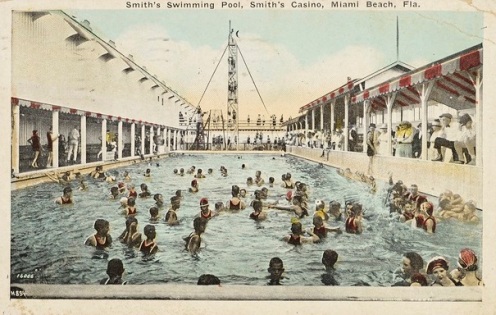

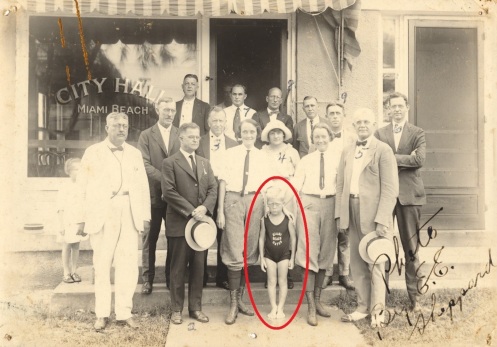


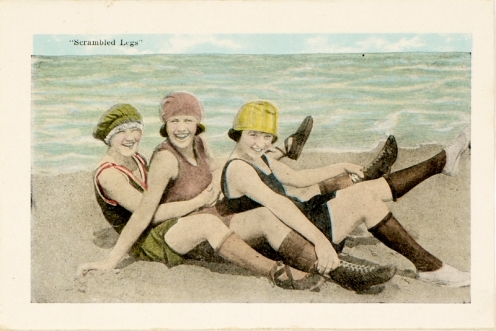

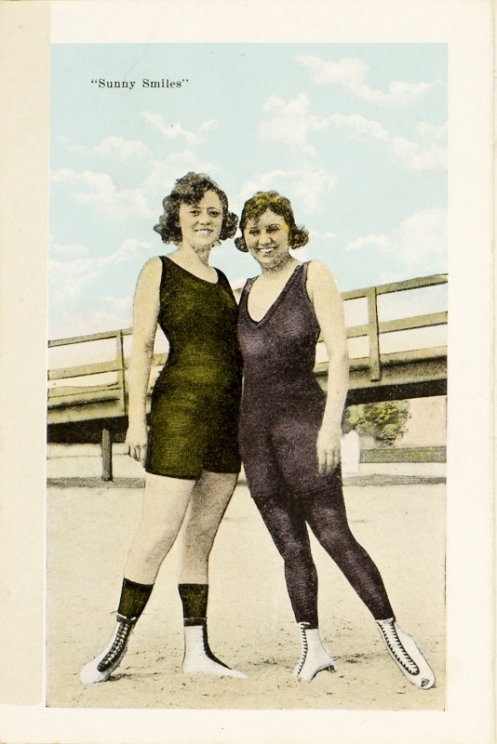

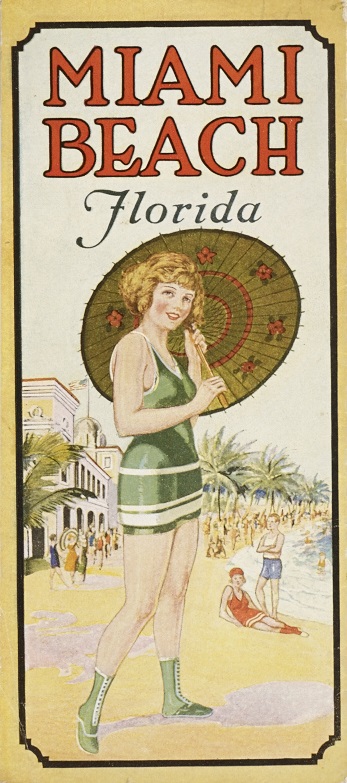

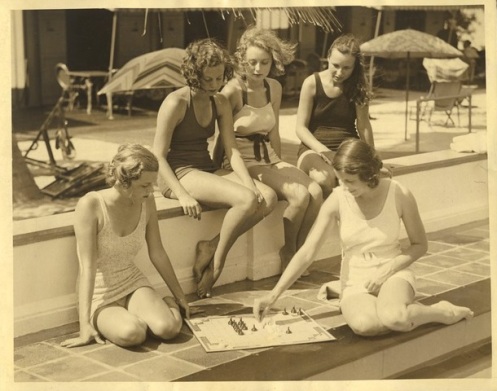

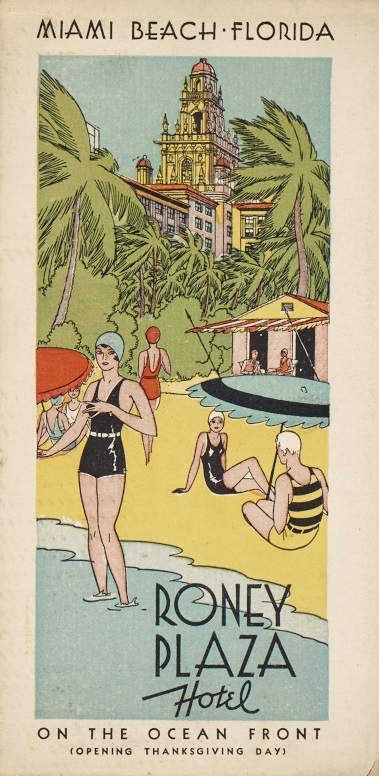









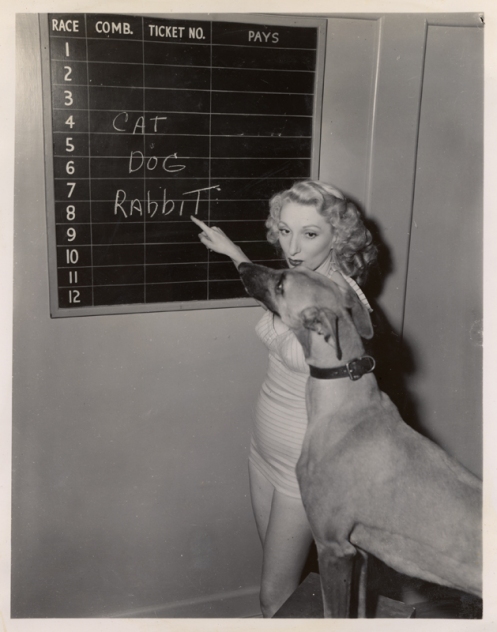
![XC2004_12_6_4_144_000[1]](https://wolfsonianfiulibrary.wordpress.com/wp-content/uploads/2015/05/xc2004_12_6_4_144_0001.jpg?w=497)
![XC2004_12_6_4_174_000[1]](https://wolfsonianfiulibrary.wordpress.com/wp-content/uploads/2015/05/xc2004_12_6_4_174_0001.jpg?w=497)
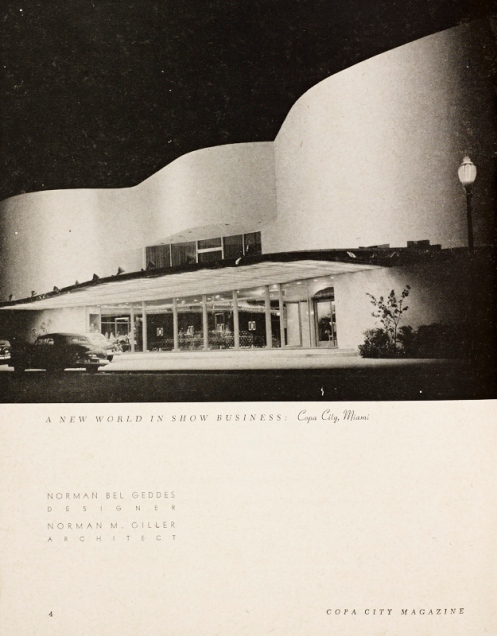









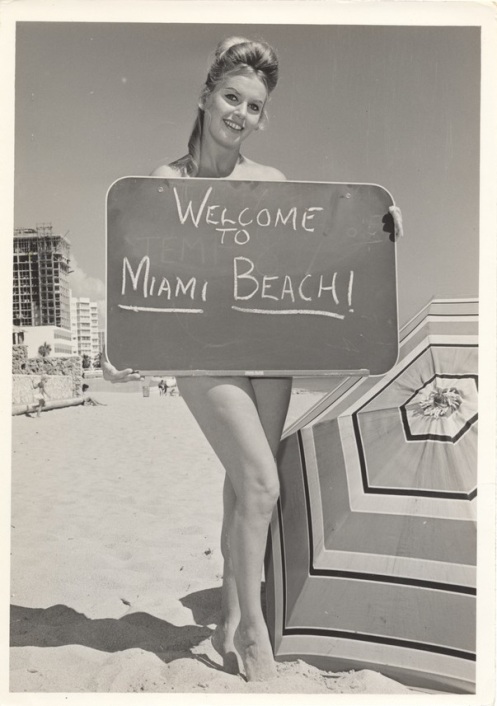


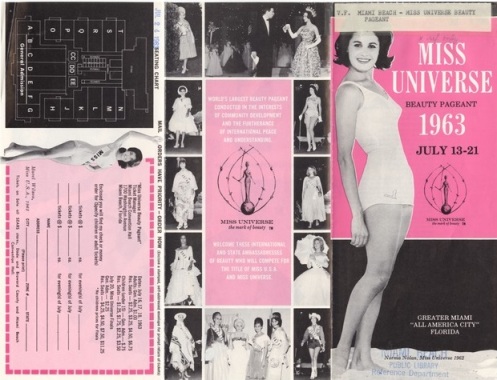
![914_10_001[1]](https://wolfsonianfiulibrary.wordpress.com/wp-content/uploads/2015/05/914_10_0011.jpg?w=497)
![914_5_000[1]](https://wolfsonianfiulibrary.wordpress.com/wp-content/uploads/2015/05/914_5_0001.jpg?w=497)

![914_2_000[1]](https://wolfsonianfiulibrary.wordpress.com/wp-content/uploads/2015/05/914_2_00011.jpg?w=497)




